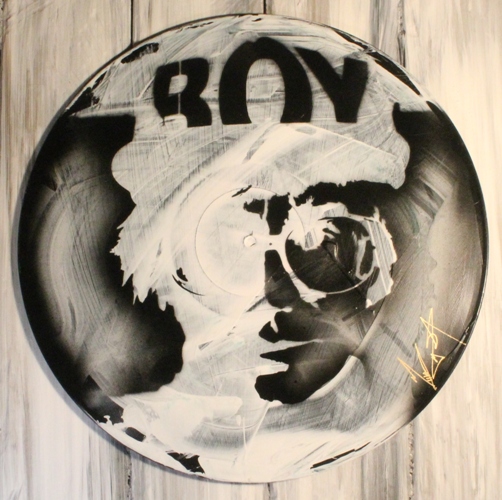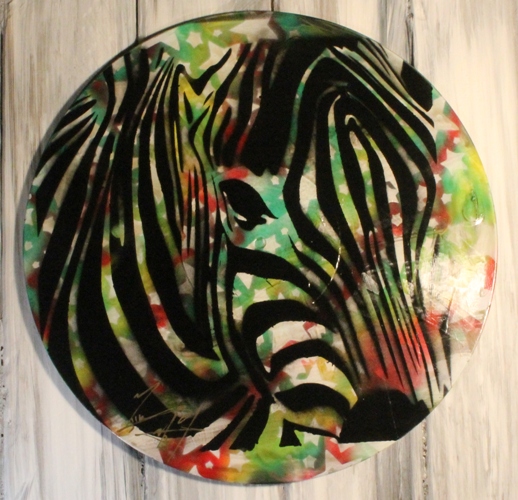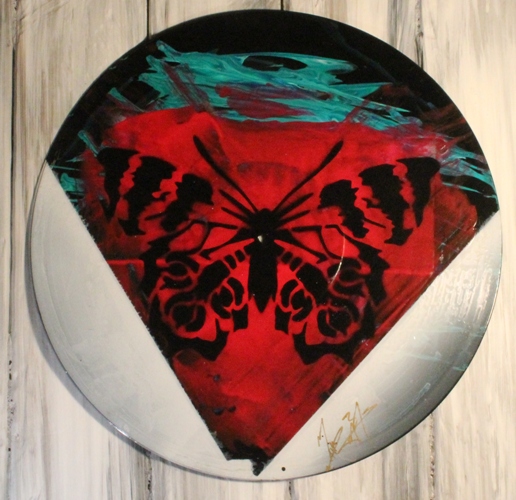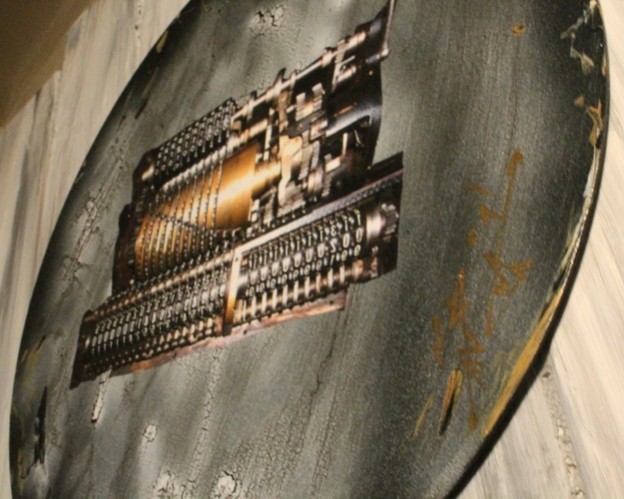Tag: painting tips
-

10 Worst Painting Critiques
It can be tough knowing what to say when a friend asks you what you think about their latest painting or to give a critique. But there are some things you should never say if you value your friendship. 1. What is it? (You’re supposed to know and if you can’t tell, keep it to yourself as […]
-

Painting Critique Checklist
By Marion Boddy-Evans When you’re looking at a painting critically with a view to giving a critique to the artist and, equally, when you’re critiquing your own paintings, here are some of the things you ought to consider: • Size: Remember to take a look at the actual size of the painting and try to visualize it that […]
-

Is Painting in the Nude Safe?
From An US University Art Dept Lecturer I used to paint in the nude (though until now I’ve always kept this to myself, figuring people would really wonder about me). It seemed easier to clean up my skin than clothes, and I enjoyed the freedom. I paint with oils, however, and have a warning for […]
-

What is the Advantage of Using Liquid White for a Wet-on-Wet Underpainting?
From Susan Tschantz Starting a painting with a layer of Liquid White is part of the Bob Ross Wet-on-Wet Technique®. It’s neither better nor worse than any other painting technique, and has its place in art. Myself, I really love the richness you get with a good, well done underpainting, but that takes more time. The point of the medium-covered canvas […]
-
How Do I Start Painting in Oils?
By Ricardo Guimaraes There are as many ways to paint as there are artists, but here’s a summary of my oil painting method. To begin with, there are two simple rules you should follow. Firstly, you need a surface to paint on that has been prepared specifically for oil paints. You can buy many brands of […]
-
Oiling Out to Even the Gloss or Shine on a Painting
By Marion Boddy-Evans Painting and Technical Advisor for Winsor & Newton, Paul Robinson, says: “What I would advise is that you even out your sheen before varnishing by ‘oiling out’. Oiling out is the application of an oil medium to a painting which has sunk (become dull), or lost its oil to the layer underneath. The most common causes […]
-

Bubble Prints
By Anne Marie Helmenstine, Ph.D. Bubble prints are like fingerprints, except made with bubbles. You can make bubble prints and learn about how bubbles are shaped and how pigments combine to make different colors. Bubble Print Materials Bubble prints are made by coloring bubble solution, blowing bubbles, and pressing paper onto the bubbles. You need brightly-colored […]
-
Freezing Oil Paint
By Marion Boddy-Evans The tip about freezing of oil paints to preserve them between painting sessions, usually suggested as placing your entire palette in the freezer, in based on the fact that oil freezes are a very low temperature. (It’s far lower than water.) Given the temperature a domestic freezer is usually set at, leftover oil paint put […]